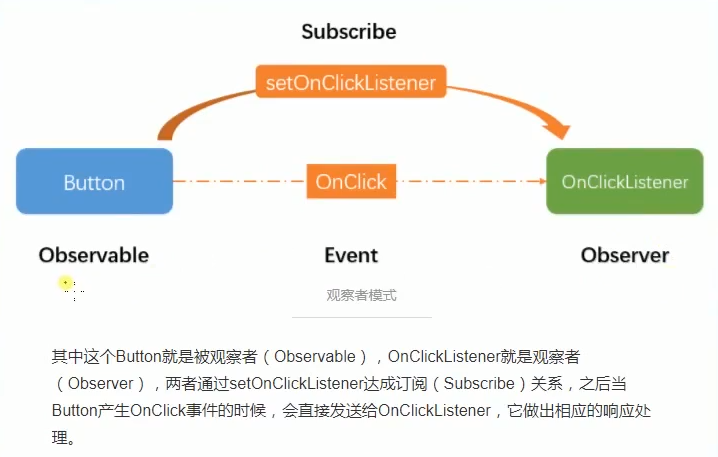基本的介绍和基本的演示都已经在11.天气预报系统-熔断机制 中说明和演示了。下面来说点不一样的东西吧!
一、前言
比如拿我上一章中的代码,我们将spring-eureka-ribbon升级为spring-cloud-ribbon-hystrix:
无非是引入依赖,主函数添加一个允许熔断的声明。
1 2 3 4 5 6 7 8 9 10 11 12 13 14 15 16 @Service public class HelloServiceImpl implements IHelloServie @Autowired RestTemplate restTemplate; @Override @HystrixCommand (fallbackMethod = "helloFallBack" ) public String hiService (String name) return restTemplate.getForEntity("http://SERVICE-HI/hello?name=" +name,String.class).getBody(); } public String helloFallBack (String name) return "<font color='red'>error</font>" ; } }
注意,我们的fallBack方法的参数必须与被注解的方法的参数一致,否则会报错。
启动项目:spring-cloud-eureka-server-1,spring-cloud-eureka-server-2,spring-cloud-eureka-client-1,spring-cloud-eureka-client-2,spring-cloud-ribbon-hystrix.
然后关闭一个client,看是否触发服务降级,显示红色的error.
二、用法进阶-实现异步消费
我们不用@HystrixCommand注解来实现上面个功能。代码见spring-cloud-eureka-ribbon-hystrix-02
1 2 3 4 5 6 7 8 9 10 11 12 13 14 @RestController public class HelloController @Autowired private RestTemplate restTemplate; @RequestMapping ("hello" ) public String hello () HelloServiceCommand command = new HelloServiceCommand("hello" ,restTemplate); String res = command.execute(); return res; } }
其中核心的HelloServiceCommand:
1 2 3 4 5 6 7 8 9 10 11 12 13 14 15 16 17 18 19 public class HelloServiceCommand extends HystrixCommand <String > private RestTemplate restTemplate; public HelloServiceCommand (String commandGroupKey,RestTemplate restTemplate) super (HystrixCommandGroupKey.Factory.asKey(commandGroupKey)); this .restTemplate = restTemplate; } @Override protected String run () throws Exception return restTemplate.getForEntity("http://SERVICE-HI/hello?name='swg'" ,String.class).getBody(); } @Override protected String getFallback () return "<font color='red'>error</font>" ; } }
这样就可以用代码实现上面的注解的功能。
我们可以发现,run()方法里调用其他的服务(多个),如果是串行执行,那么时间是所有服务执行时间之和。那么,有没有办法使他并行执行呢?达到一种NIO的效果。
NIO的两个实现方式:Future将来式和Callable回调式,这里使用将来式。
其实核心就是Future<String> future = command.queue();,让这个方法自己另开一个线程去默默执行,本线程还继续往下,等我想到结果的时候,再去调用String res = future.get();阻塞地获取结果,如果结果已经准备好了,那么就直接拿到。
在代码spring-cloud-eureka-ribbon-hystrix-03中的controller中进行测试:
1 2 3 4 5 6 7 8 9 10 11 12 13 @RequestMapping ("hello" )public String hello () throws ExecutionException, InterruptedException HelloServiceCommand command = new HelloServiceCommand("hello" ,restTemplate); long now = System.currentTimeMillis(); Future<String> future = command.queue(); System.out.println("start" ); long end = System.currentTimeMillis(); System.out.println(end - now); String res = future.get(); long last = System.currentTimeMillis()-end; System.out.println(last); return res; }
测试的目的就是看调用command.queue()之后会不会阻塞本线程的执行,我们让被restTemplate调用的方法睡眠一会:
1 2 3 4 5 6 7 @RequestMapping ("hello" )public String hello (@RequestParam("name" ) String name) throws InterruptedException System.out.println("方法开始执行。。。" ); Thread.sleep(800 ); System.out.println("方法执行结束。。。" ); return "hi " + name +",you are from " + port; }
结果打印:
就是说将执行其他服务这个操作异步到了另外一个线程中执行,本线程立即执行下面的逻辑。这样,提高了效率。
好了,用非注解的方式来实现了一下NIO的实现方式,那么肯定还是使用注解比较方便,那么基于注解的话,我们如何实现future的方式来执行呢?代码spring-cloud-eureka-ribbon-hystrix-04
我们只需要将原来的HelloServiceImpl中的hiService方法改为:
1 2 3 4 5 6 7 8 9 10 11 12 13 import com.netflix.hystrix.contrib.javanica.command.AsyncResult;@Override @HystrixCommand (fallbackMethod = "helloFallBack" )public String hiService (String name) throws ExecutionException, InterruptedException Future<String> future = new AsyncResult<String>() { @Override public String invoke () return restTemplate.getForEntity("http://SERVICE-HI/hello?name=" +name,String.class).getBody(); } }; return future.get(); }
就可以实现这种异步的方式调用了。
三、观察者模式来实现
订阅者来监听自己感兴趣的事件,可以实现多个请求集中处理。
代码不想去搞了…
四、总结
这里主要是实现熔断的功能,一开始的@HystrixCommand+fallback,到后面自己用HystrixCommand代码实现的,再到后来用Future来实现异步消费,到最后介绍的用观察者模式来实现的方式HystrixObserverCommand。
